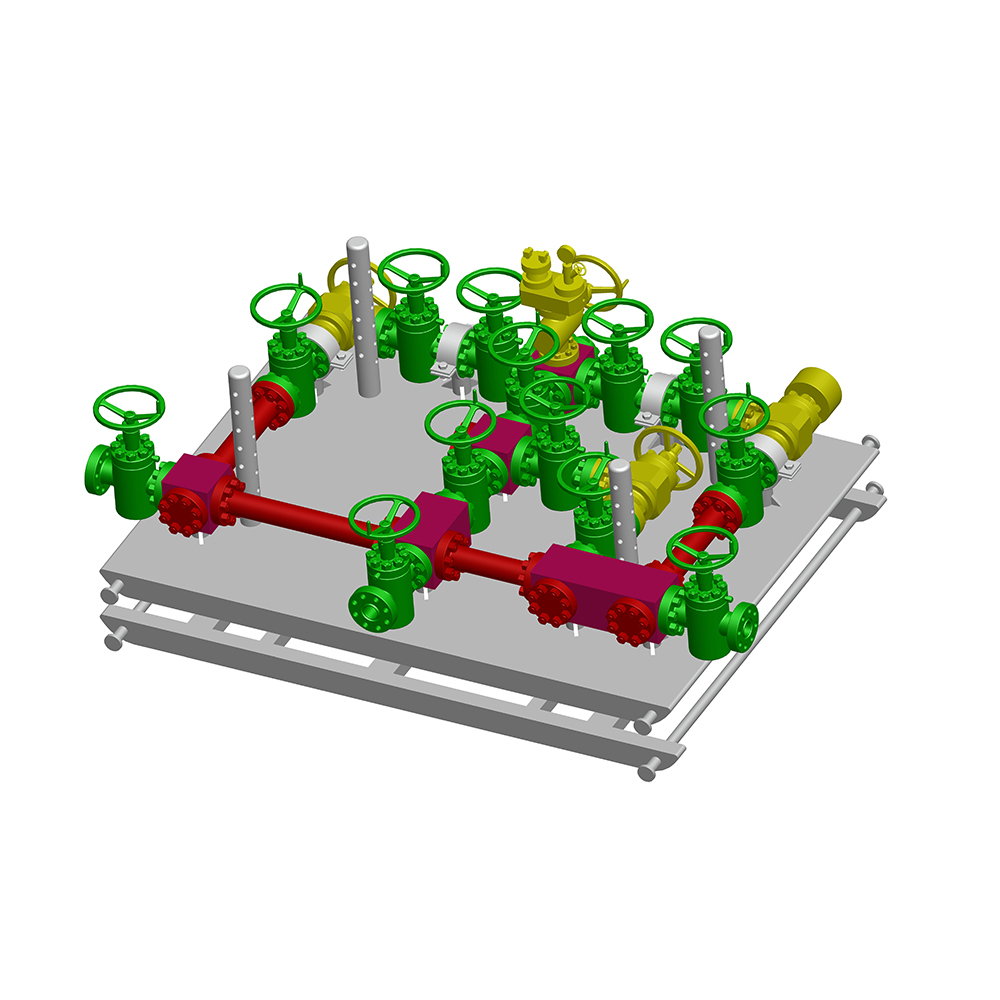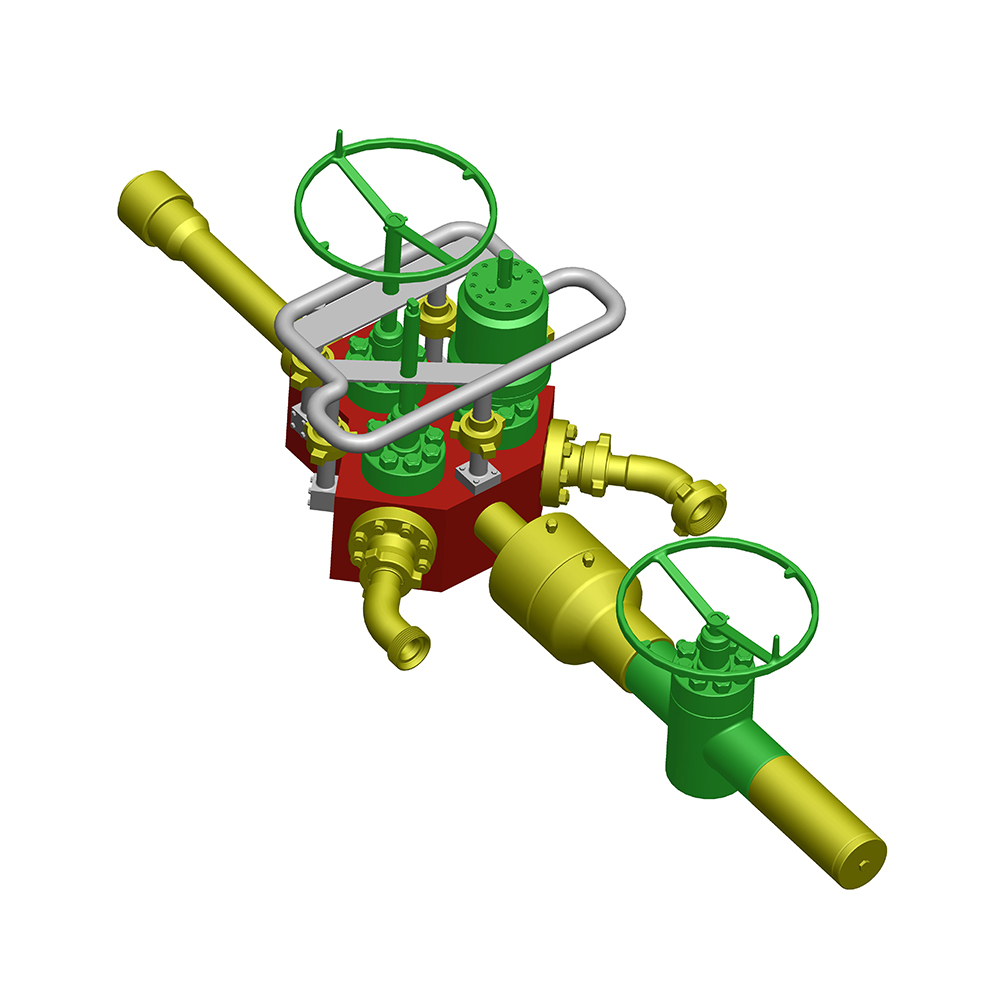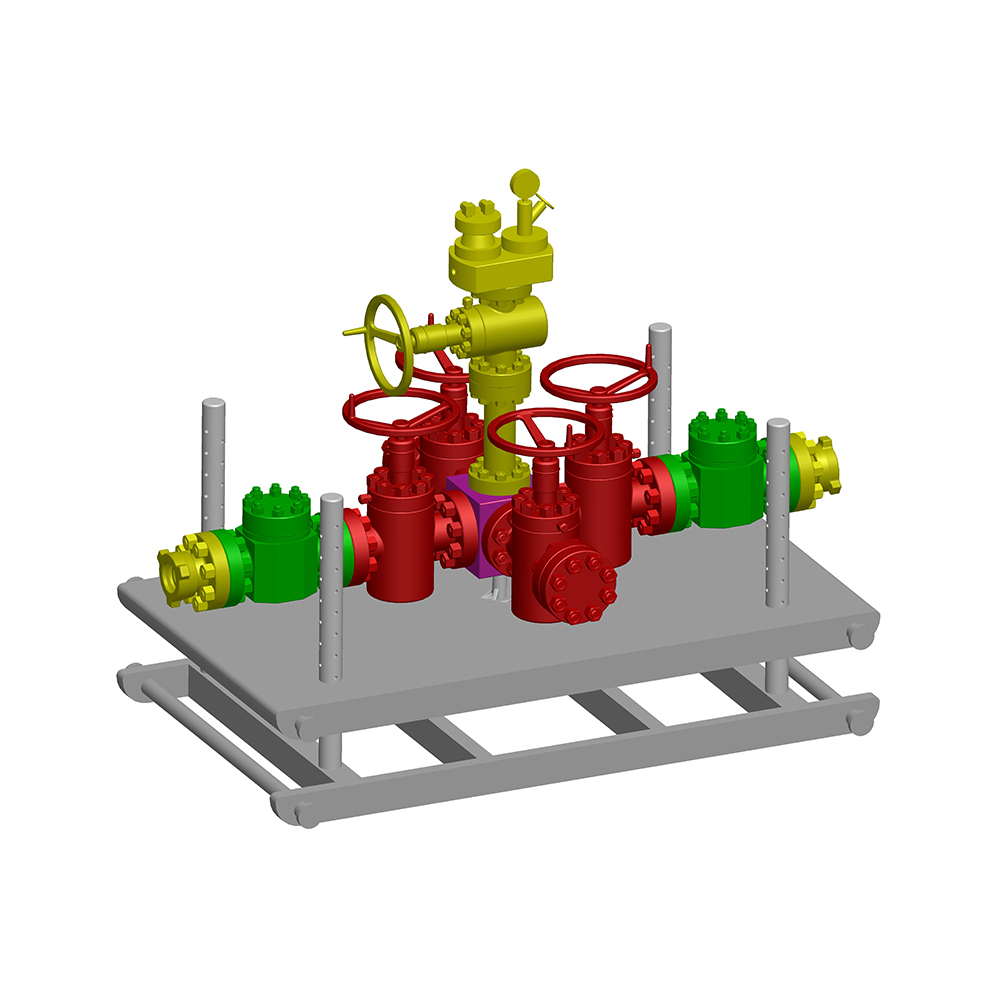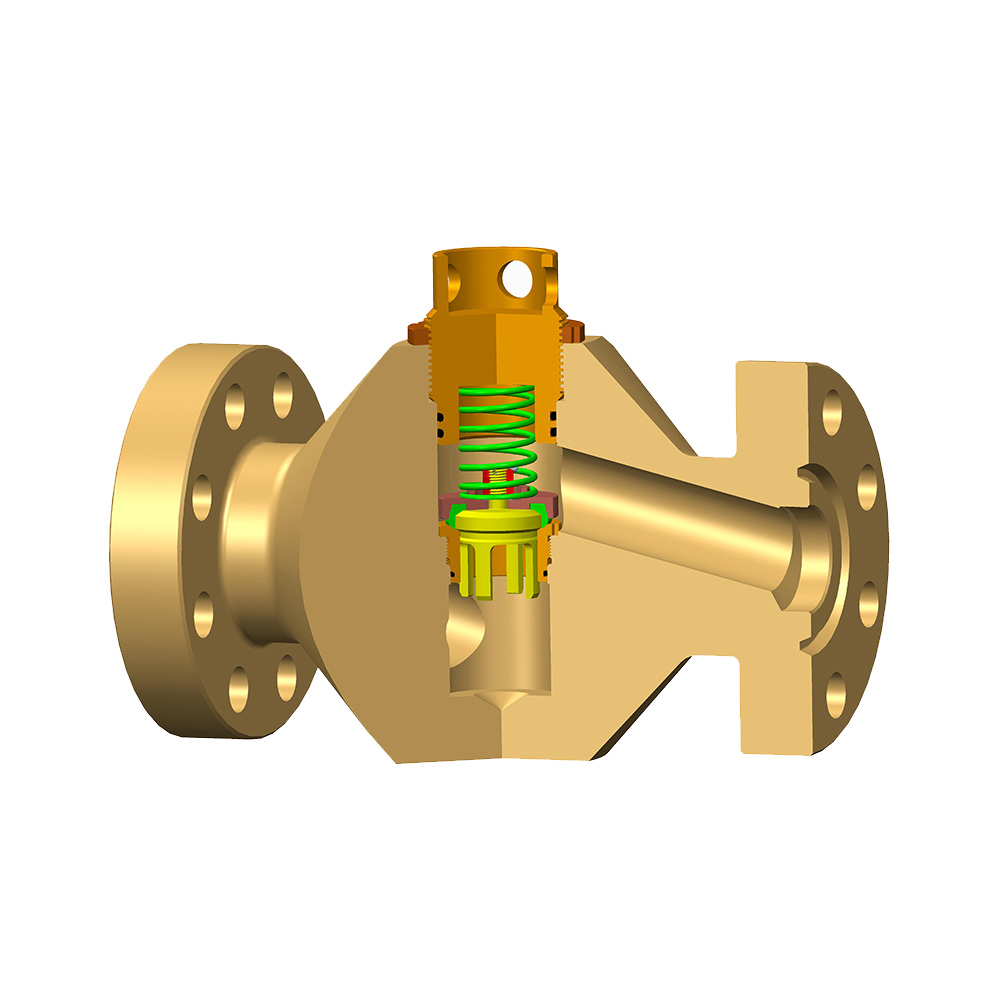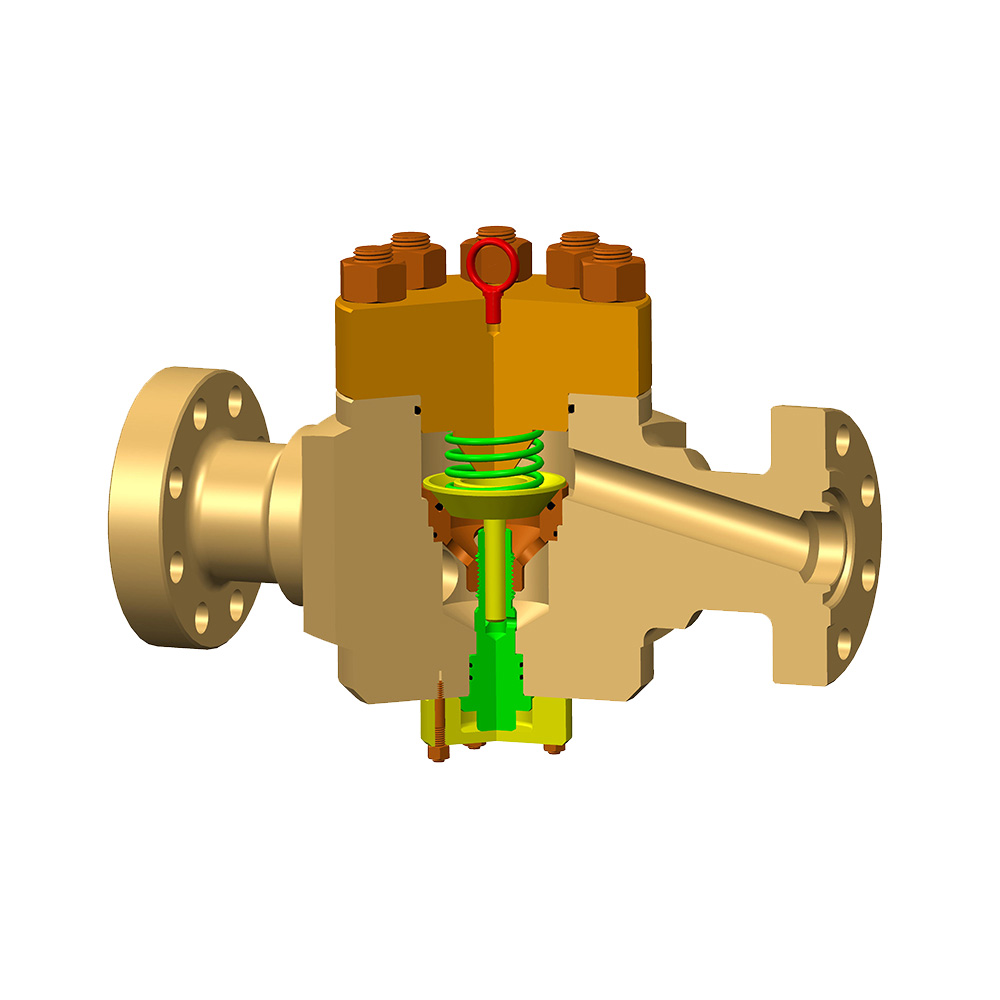In the high-stakes world of offshore oil and gas production, every component must perform flawlessly under extreme conditions. Among these critical elements, gate valves stand out as indispensable tools for safeguarding platform integrity, preventing environmental disasters, and ensuring uninterrupted operations. As offshore drilling pushes into deeper waters and harsher environments, the role of these valves has never been more vital.
The Mechanics of Reliability
Gate valves are linear motion valves designed to fully open or fully close fluid flow. Unlike throttling valves, their straightforward design—featuring a wedge-shaped gate that slides perpendicular to the flow—ensures minimal pressure drop when open and a leak-tight seal when closed. This binary functionality makes them ideal for emergency shutdown systems (ESD), pipeline isolation, and wellhead control on offshore platforms.
Critical Applications in Offshore Safety Systems
Blowout Preventers (BOPs):
Integrated into BOP stacks, gate valves provide rapid sealing during well control emergencies. Their robust construction allows them to endure pressures exceeding 15,000 psi, a necessity in ultra-deepwater drilling.
Pipeline Isolation:
Subsea pipelines transporting oil or gas rely on gate valves to compartmentalize sections during maintenance or leaks. The valves’ full-bore design avoids flow restrictions, critical for maintaining efficiency in high-volume systems.
Corrosion Resistance:
Offshore environments demand materials resistant to saltwater, hydrogen sulfide, and erosion. Modern gate valves employ duplex stainless steel, Inconel, or epoxy coatings to combat degradation, extending service life in corrosive conditions.
Industry Innovations Driving Safety
Recent advancements have elevated gate valve performance:
Smart Valve Technology: Sensors embedded in valves now provide real-time data on seal integrity, temperature, and pressure, enabling predictive maintenance.
Hydraulic Actuation Systems: Automated actuators allow remote operation—an essential feature for unmanned platforms or deepwater installations.
Double-Block-and-Bleed (DBB) Designs: Dual sealing mechanisms ensure redundancy, isolating fluid even if one seal fails.
The Cost of Neglect
The consequences of underspecifying or poorly maintaining gate valves are stark. While no lives were lost, the operator faced $12 million in cleanup costs and regulatory penalties.
As offshore operators navigate rising energy demands and tighter environmental regulations, gate valves remain pivotal to balancing productivity with safety. Their evolution from simple mechanical devices to intelligent, corrosion-resistant systems exemplifies engineering’s role in mitigating risk. For an industry operating on the razor’s edge of deepwater challenges, these valves aren’t just components—they’re lifelines.

